When it comes to your gym training running routine, the shoes you wear play a vital role in providing comfort, support, and preventing injury. With numerous options available on the market, selecting the right pair of shoes can be overwhelming. This article will guide you through the key considerations to help you make an informed decision when choosing shoes for gym training running. 1. Determine your running style: Understanding your running style is crucial as it directly impacts the type of shoe you need. Are you an overpronator, underpronator, or a neutral runner? Overpronators require shoes with arch support, as their feet tend to roll excessively inward. Underpronators need shoes with cushioning to absorb shock, while neutral runners can opt for a more flexible shoe. 2. Find the right fit: Choosing shoes that fit properly is essential to avoid discomfort and blisters. Visit a specialized store to have a professional measure your feet and gait. Make sure the shoes provide adequate toe room and have a snug fit around the heel. Remember, shoe sizes can vary between brands, so try on different options to find the perfect fit.

.
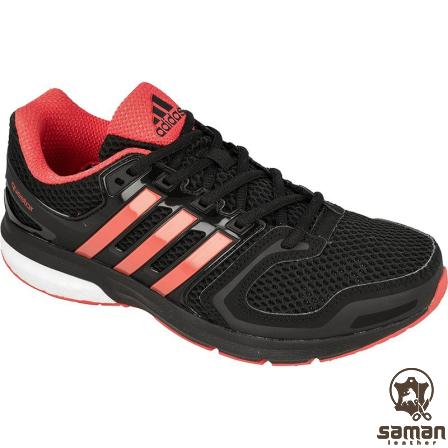 3. Look for cushioning and support: Gym training running involves repetitive impact on your feet. Hence, shoes with sufficient cushioning in the midsole can help absorb shock and reduce the risk of injuries. Look for features like gel or air cushioning, which provide excellent shock absorption. Additionally, shoes with arch support or stability features can help promote a more natural foot strike. 4. Consider the type of workouts: Different gym training activities demand varying shoe features. If you focus on cardio workouts or treadmill running, look for shoes with good traction on the outsole to prevent slippage. If you engage in weightlifting, opt for shoes with a flatter sole and more lateral stability to provide support during heavy lifts.
3. Look for cushioning and support: Gym training running involves repetitive impact on your feet. Hence, shoes with sufficient cushioning in the midsole can help absorb shock and reduce the risk of injuries. Look for features like gel or air cushioning, which provide excellent shock absorption. Additionally, shoes with arch support or stability features can help promote a more natural foot strike. 4. Consider the type of workouts: Different gym training activities demand varying shoe features. If you focus on cardio workouts or treadmill running, look for shoes with good traction on the outsole to prevent slippage. If you engage in weightlifting, opt for shoes with a flatter sole and more lateral stability to provide support during heavy lifts.
..
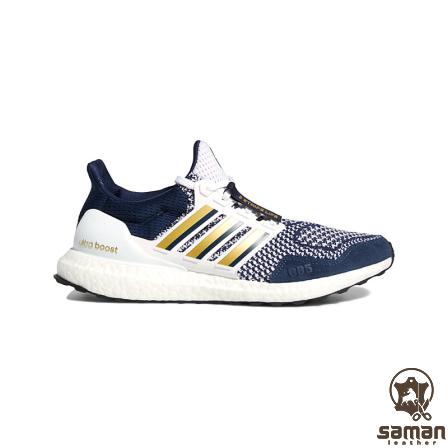 5. Breathability and moisture-wicking capabilities: Running in the gym often means a higher indoor temperature and increased perspiration. Therefore, shoes with breathable uppers and moisture-wicking materials can keep your feet cool and comfortable throughout your workout, preventing excessive sweat and potential foot odor. 6. Durability and quality: Investing in a quality pair of gym training running shoes can save you money in the long run. Look for shoes made from durable materials that offer good overall construction. Reinforced toe caps and sturdy outsoles can ensure your shoes withstand the demands of regular gym training and last longer. 7. Test before committing: Before finalizing your purchase, take the shoes for a test run within the store or on a treadmill if possible.
5. Breathability and moisture-wicking capabilities: Running in the gym often means a higher indoor temperature and increased perspiration. Therefore, shoes with breathable uppers and moisture-wicking materials can keep your feet cool and comfortable throughout your workout, preventing excessive sweat and potential foot odor. 6. Durability and quality: Investing in a quality pair of gym training running shoes can save you money in the long run. Look for shoes made from durable materials that offer good overall construction. Reinforced toe caps and sturdy outsoles can ensure your shoes withstand the demands of regular gym training and last longer. 7. Test before committing: Before finalizing your purchase, take the shoes for a test run within the store or on a treadmill if possible.
…
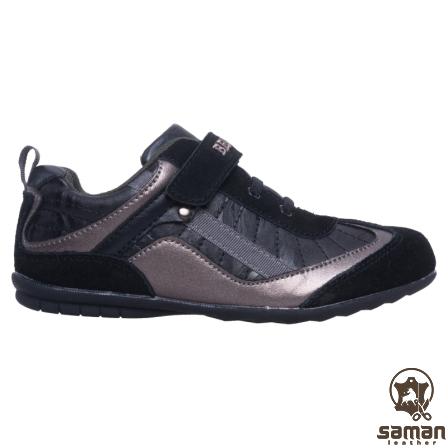 This will not only provide immediate feedback regarding their comfort and fit but also allow you to assess their performance during the specific movements you typically perform in the gym. Conclusion: Selecting the right shoes for gym training running is essential for the overall experience and to prevent any potential injuries. By understanding your running style, ensuring proper fit, and considering cushioning, support, breathability, and durability, you can make a well-informed decision when it comes to investing in your gym training running footwear. Remember, finding the right shoes may require some trial and error, but it’s worth the effort in the long run for a safe and effective workout experience.
This will not only provide immediate feedback regarding their comfort and fit but also allow you to assess their performance during the specific movements you typically perform in the gym. Conclusion: Selecting the right shoes for gym training running is essential for the overall experience and to prevent any potential injuries. By understanding your running style, ensuring proper fit, and considering cushioning, support, breathability, and durability, you can make a well-informed decision when it comes to investing in your gym training running footwear. Remember, finding the right shoes may require some trial and error, but it’s worth the effort in the long run for a safe and effective workout experience.
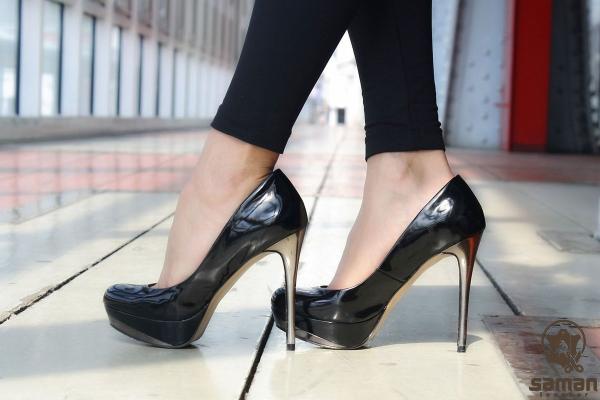
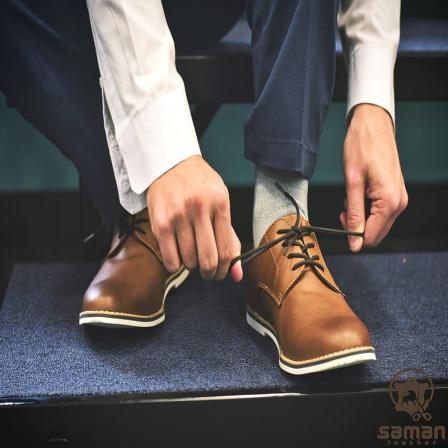
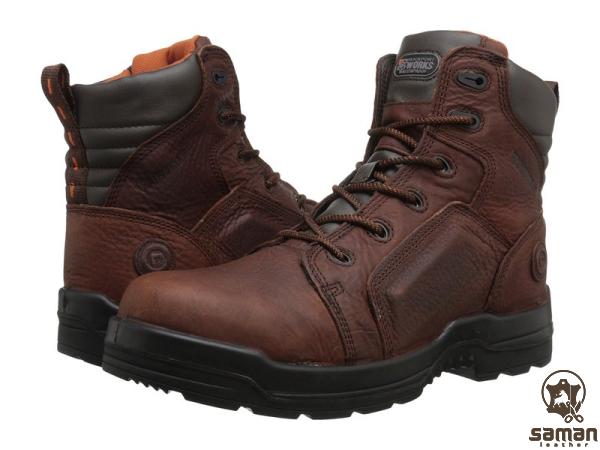
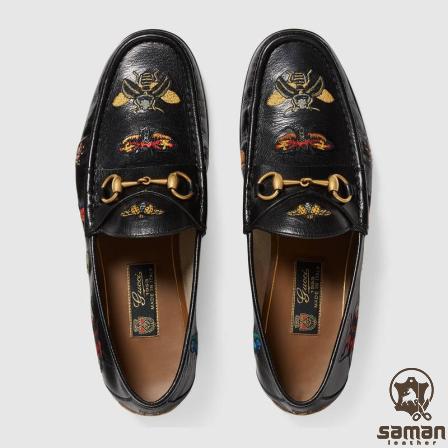
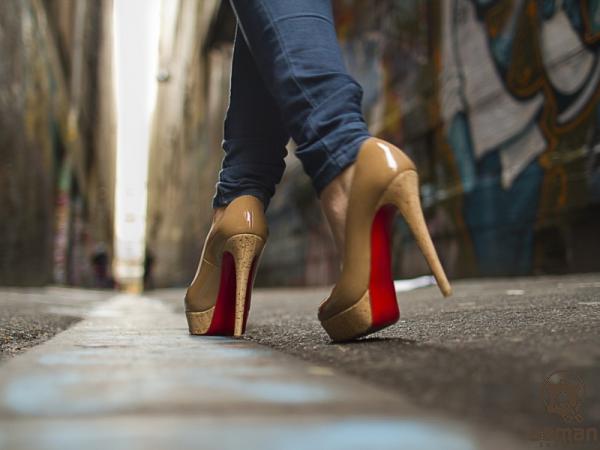
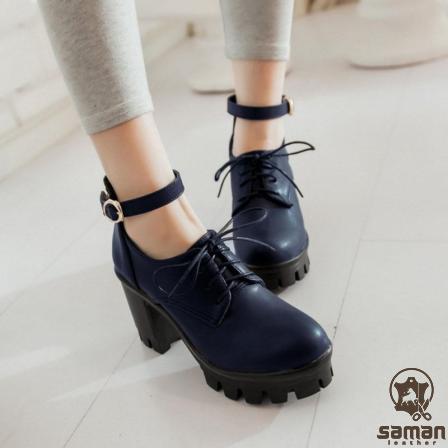
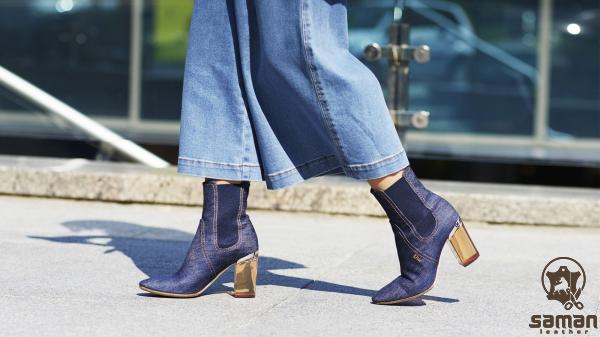
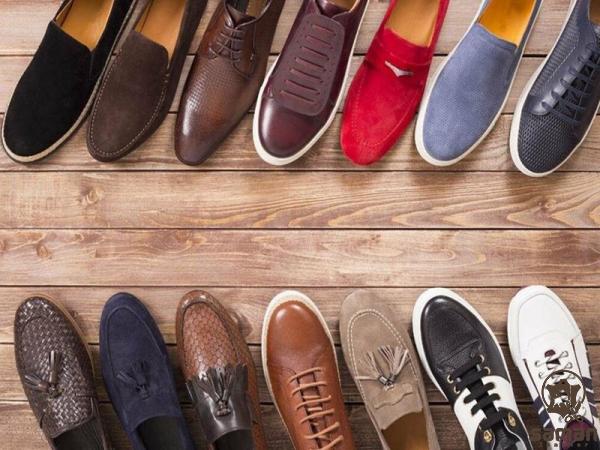
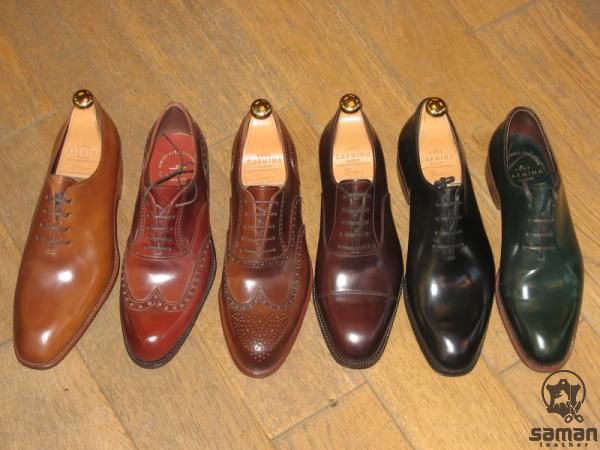
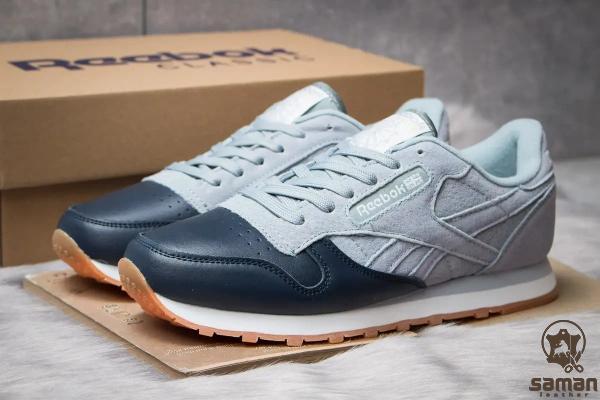
Your comment submitted.